Artist: Jacob Isaakszoon Van Ruisdael (Ruysdael)
Topic: Birth And Death
Museum: Institute of Arts (Detroit, United States)
Technique: Oil On Canvas
"Unlike that of most 17th and 18th century female artists, Rachel Ruysch's work has never sunk into obscurity. She also enjoyed public recognition of her talent during her lifetime: in 1701, three years before painting this particularly charming bouquet, she was the first woman to be admitted to the Confrerie Pictura in The Hague, and in 1708 Johann Wilhelm, the Elector of the Palatinate, appointed her to the position of court painter. The artist's specialities were compositions with fruit, flowers and woodlands. Within this genre she was never a real innovator, but she perfectly assimilated the work of others, equalling them in terms of her painting technique. At least for certain partial aspects of flower painting she sought her own solutions, thereby imposing her own stamp on her creations. During the final decade of the 17th century we can observe the influence in particular of her teacher, Willem van Aelst, and that of Simon Pietersz. Verelst. From the beginning of the 18th century she was inspired by Jan Davidsz. de Heem and Abraham Mignon.The use of a dark background for a bouquet is a tried and tested way of bringing colours and shapes to their own. The fact that very few flowers in the bouquet cross also shows that the painter wished to present the various species in a way that made them clearly recognisable. This almost scientific trait is certainly due, in Ruysch's case, to her father's position as a professor of botany. Typical for this period is the adding of insects and fruit of every kind, here a branch of plums. This fruit with its characteristic matt, bluish tint, which is so difficult to reproduce, appears to have been chosen by painters precisely in order to demonstrate their technical skill. One striking feature of this sumptuous bouquet is the S-shapes in the composition, with which Ruysch seeks a more natural-looking structure in contrast to the strong diagonals found in her earlier work. Rachel Ruysch's personality also speaks to our imagination: although building a professional career was something unusual for a woman at that time, she was simultaneously a ""normal"" woman of her time, as she bore ten children.Suggested listening (streaming mp3, 2 minutes):Franz Schubert: Blumenlied (Flower Song) D 431"
Artist |
|
|---|---|
Download |
|
Permissions |
Free for non commercial use. See below. |
Jacob Isaakszoon Van Ruisdael (Ruysdael) – Most viewed artworks
|
This image (or other media file) is in the public domain because its copyright has expired. However - you may not use this image for commercial purposes and you may not alter the image or remove the watermark. This applies to the United States, Canada, the European Union and those countries with a copyright term of life of the author plus 70 years.
|
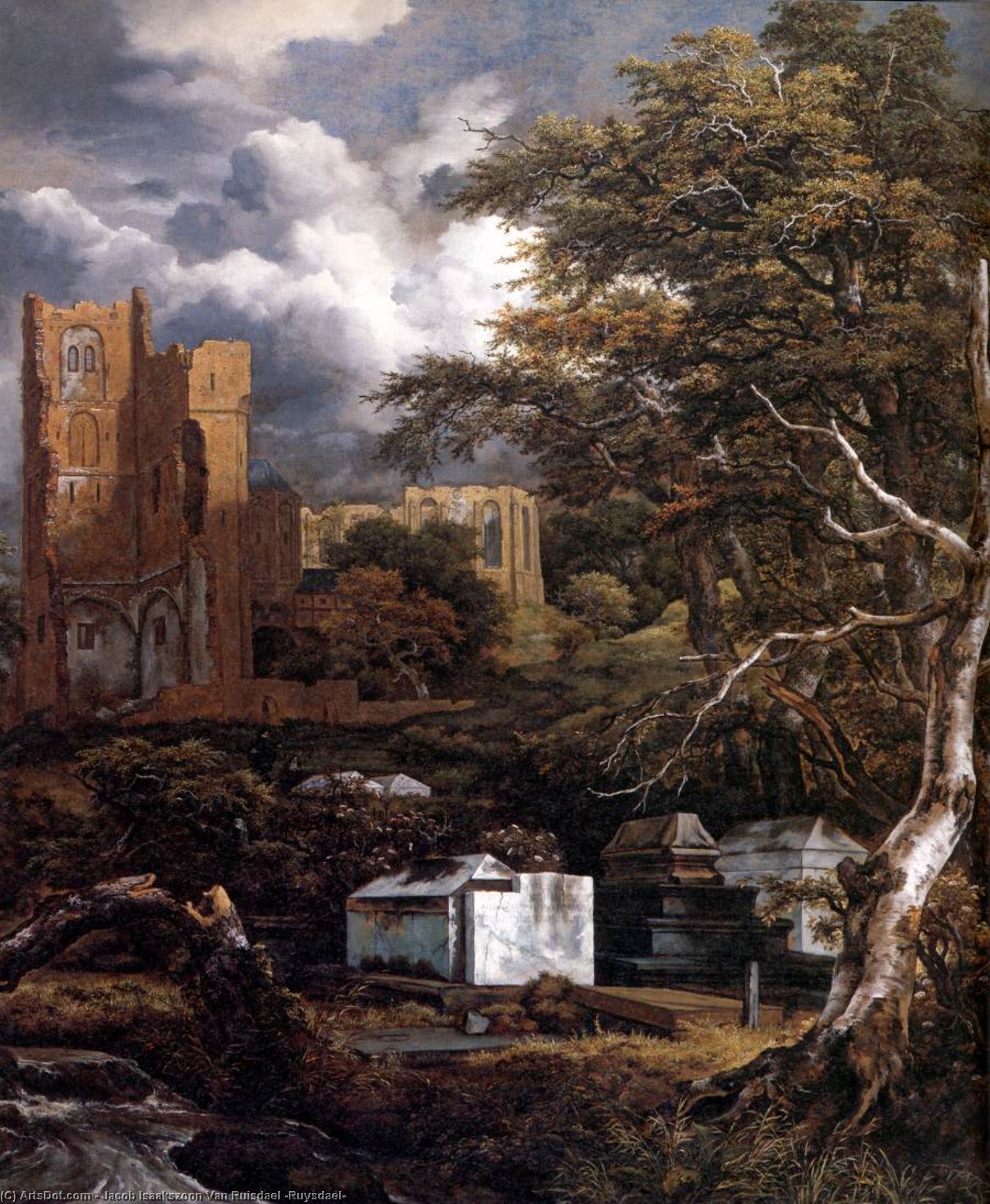

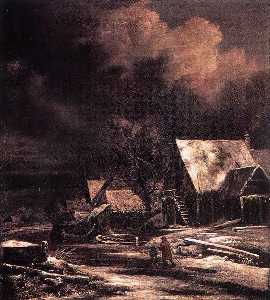
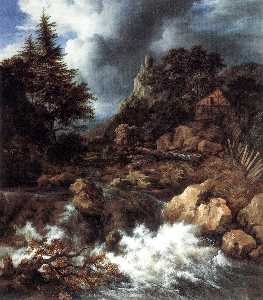
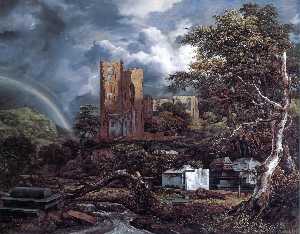
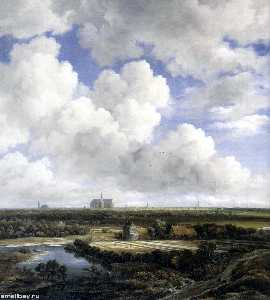
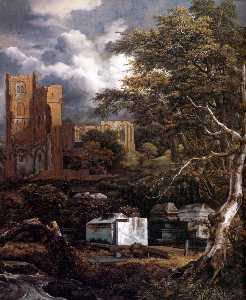
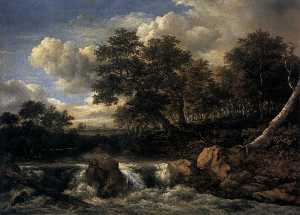
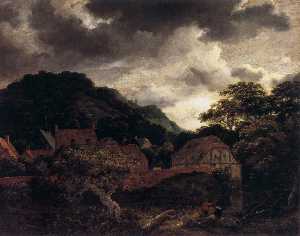
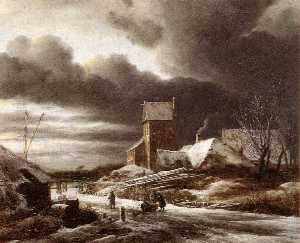
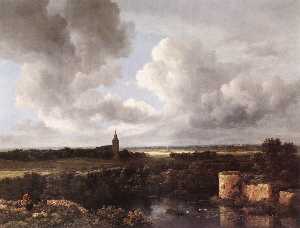
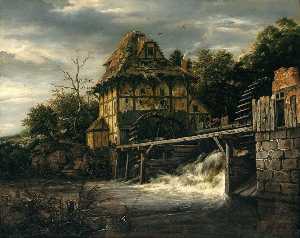
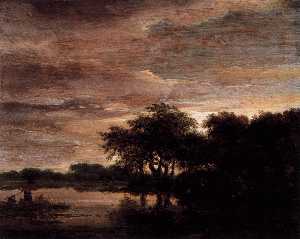
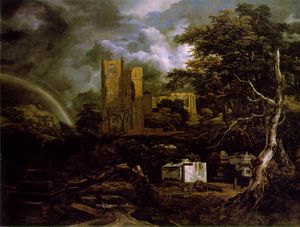
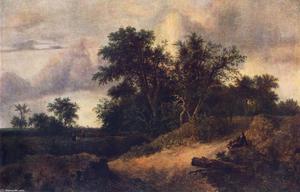
 Note that a few countries have copyright terms longer than 70 years: Mexico has 100 years, Colombia has 80 years, and Guatemala and Samoa have 75 years. This image may
not be in the public domain in these countries, which moreover do not implement the
Note that a few countries have copyright terms longer than 70 years: Mexico has 100 years, Colombia has 80 years, and Guatemala and Samoa have 75 years. This image may
not be in the public domain in these countries, which moreover do not implement the